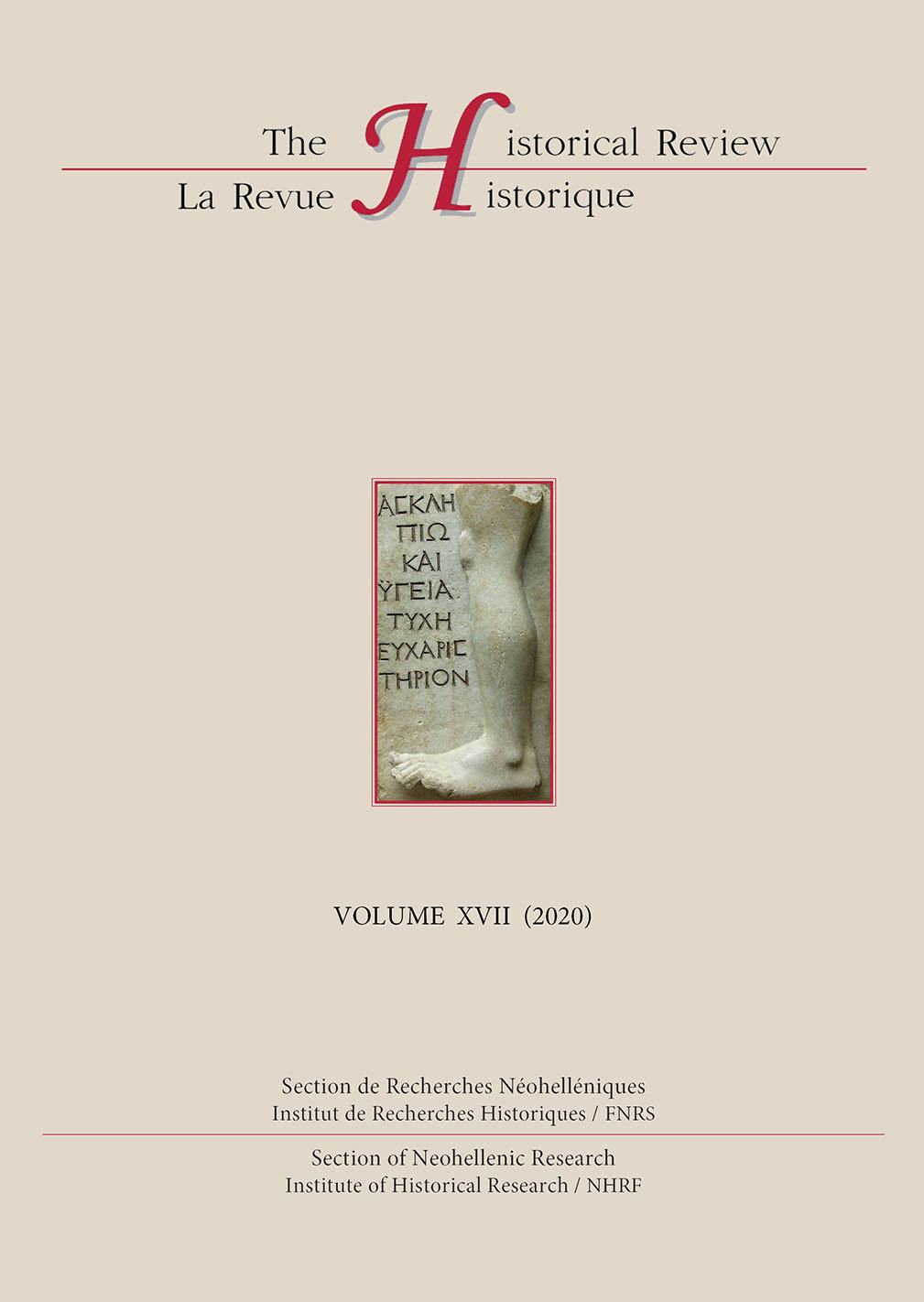Selective Memory and the Legacy of Archaeological Figures in Contemporary Athens: The Case of Heinrich Schliemann and Panagiotis Stamatakis
Abstract
foundation of the modern Greek state. Archaeologists have served as the main catalysts in the country’s endeavour to connect antiquity and modernity. Thus, the legacy of deceased archaeologists is tangible in many parts of Athens and a reminder of the significance of archaeology as a discipline in modern Greece. This article examines how the memory of
Heinrich Schliemann and Panagiotis Stamatakis has been appropriated (or misappropriated) in the Greek capital. They worked together to bring to light treasures from Mycenae (1876) but shared a contemptuous relationship for the remainder of their lives. We aim to understand
how society and the state treated not only the mortal remains of these two individuals but also their legacies. Hence, the abundance or absence of material evidence in Athens related to the maintenance of their memory will reveal how the archaeologists themselves worked to preserve or erase their posthumous legacy and how this has been appropriated.
Article Details
- How to Cite
-
Antoniadis, V., & Kouremenos, A. (2021). Selective Memory and the Legacy of Archaeological Figures in Contemporary Athens: The Case of Heinrich Schliemann and Panagiotis Stamatakis. The Historical Review/La Revue Historique, 17, 181–204. https://doi.org/10.12681/hr.27071
- Issue
- Vol. 17 (2020)
- Section
- Articles

This work is licensed under a Creative Commons Attribution-NonCommercial-ShareAlike 4.0 International License.
The copyright for articles in this journal is retained by the author(s), with first publication rights granted to the journal. By virtue of their appearance in this open access journal, articles are free to use with proper attribution in educational and other non-commercial sectors. The Historical Review/La Revue Historique retains the right to publish papers that appear in the journal in collective volumes published by the Institute for Neohellenic Research/National Hellenic Research Foundation.
Sample acknowledgement: Reprinted with permission from the author. Original publication in the The Historical Review/La Revue Historique www.historicalreview.org
This work is licensed under a Creative Commons Attribution-NonCommercial-ShareAlike 4.0 Greece License. To view a copy of this license, visit http://creativecommons.org/licenses/by-nc-sa/4.0/ or send a letter to Creative Commons, 543 Howard Street, 5th Floor, San Francisco, California, 94105, USA



